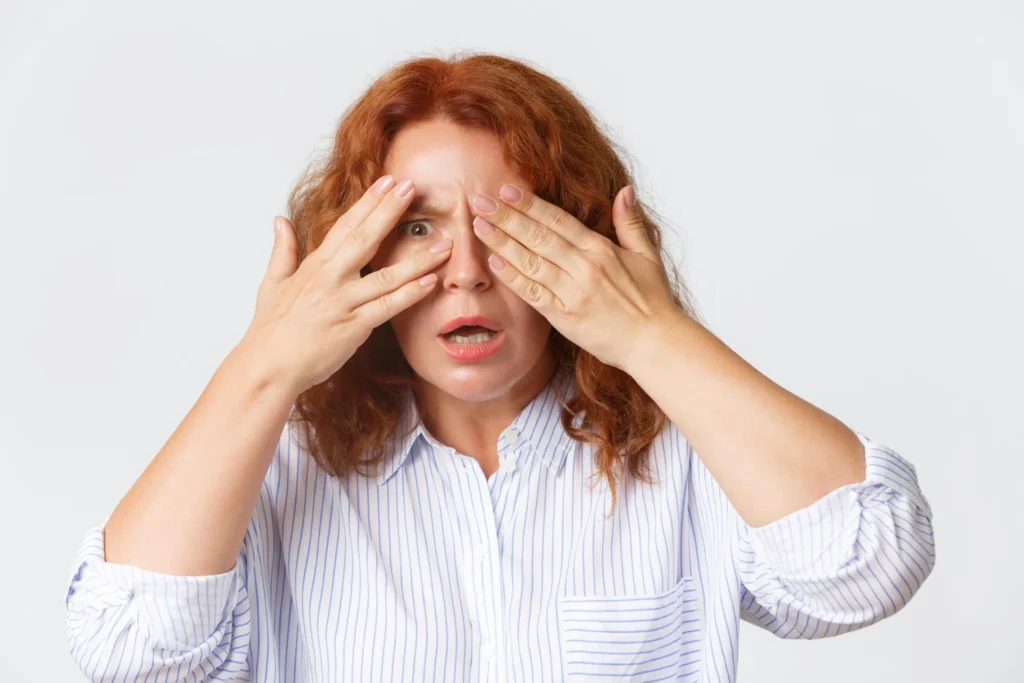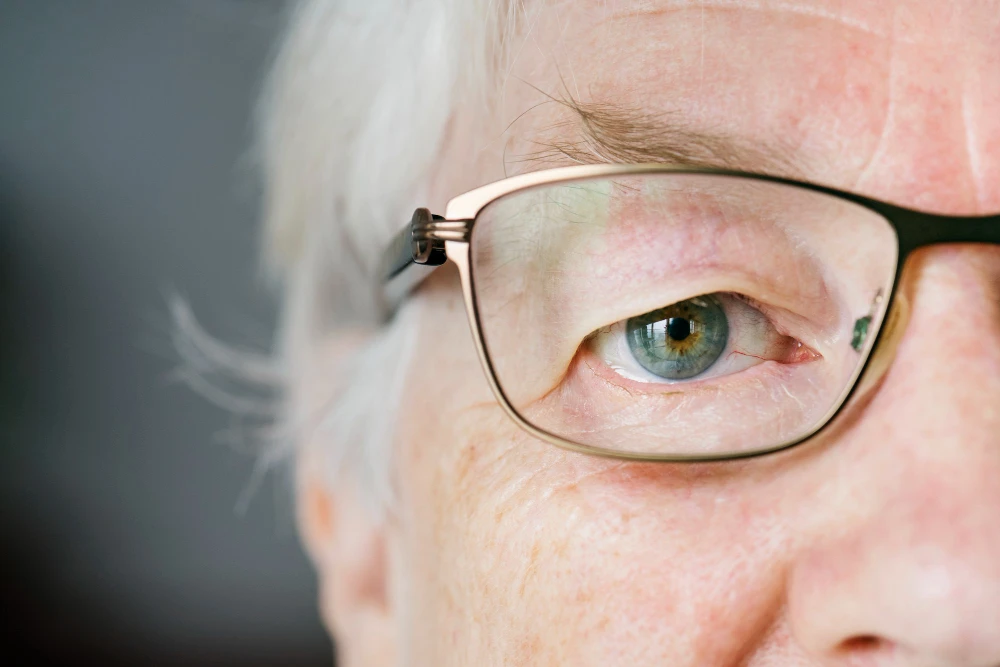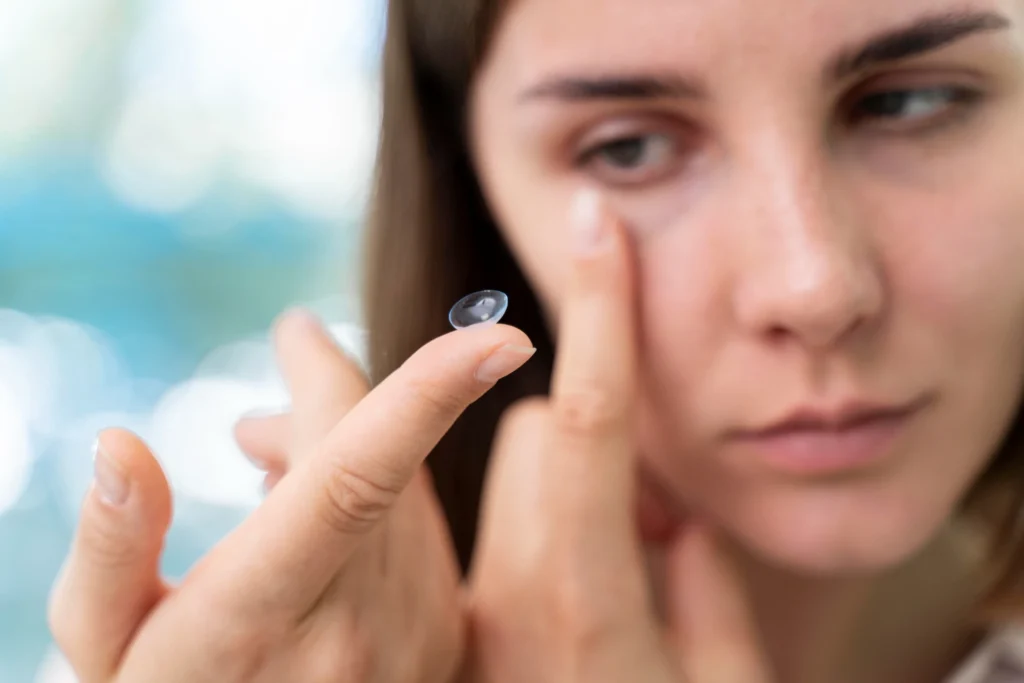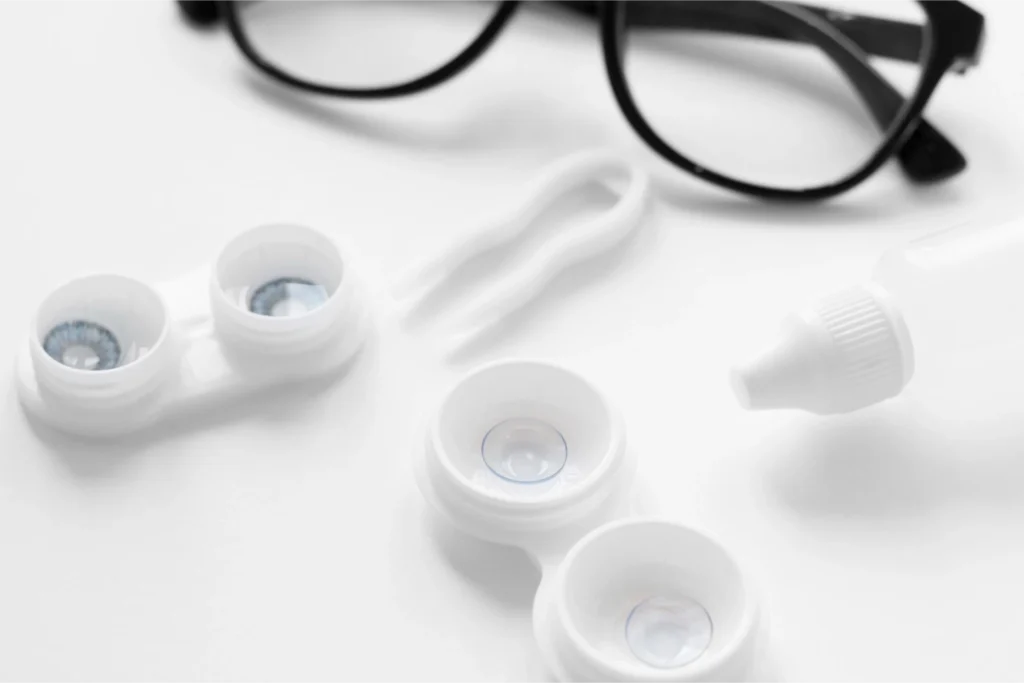Dry eye disease is a very common chronic condition. Despite the extensive knowledge about its causes and best management methods, many misconceptions still make it difficult to manage it properly. People who immediately seek dry eye treatment will certainly be in a better place when they learn the underlying cause of their condition. Aside from this, being an educated patient about dry eye disease also allows for a smoother relationship with health care providers.
Some important facts to know about chronic dry eyes are discussed below:
What is known as Dry Eye?
Yes. Dry eye cannot be explained only by the changes in the quality of the basal tears. It also happens when the quantity is no longer produced to keep your eyes’ surface lubricated. When there is a decrease in the amount of tears on the surface of the eyes due to dry eyes, your vision might be hindered because of this, too. The tears not only protect our eyes but also help us focus the light that we see.
July is Dry Eye Awareness Month, which aims to educate individuals about dry eyes and provide them with appropriate solutions. Besides, women suffer from chronic dry eyes more frequently than men and dry eyes can worsen with age.
Dry Eye: Study of both Age and Gender
The biggest 12-year study, which was made public last year, also found that severe dry eyes disease had tripled between 2005 and 2012 increases. The study also found that: It is evident that the dangers of climate change are far-reaching and multifaceted, threatening our communities, cultures, economies, and the very planet we call home.
Dry eye is usually seen in older people, those 50 and older. People aged 45 to 54 have twice the chance of being diagnosed, while people 18 to 34 have a lower chance. Those older than 75 are five times more likely to develop Dry eyes than young people (18-34 years old).Almost one-third of people between the ages of 18 and 34 years measured to have Dry eyes.

Dry eyes causing blurry vision in females is nearly twice as common as in males. This is often a result of hormonal alterations that occur during pregnancy and menopause, which are the main reason for these symptoms in women.
Medical History
In some patients, the disease causes eye dryness, which is present in the patient’s medical history.
You might experience the same symptoms as dry eyes cause blurry vision if you are suffering from an autoimmune disease such as diabetes, lupus, or any other underlying condition that can cause the inflammation of the eyes and the surrounding area. Do not classify menopause amongst non-cognitive causes side-by-side with diuretic drugs, birth control pills and even medication for pain. The medicines, which are used in the long-term way, might bring the consequences, that were not discussed so far.
History of refractive surgery
In dry eyes, patients who had LASIK or any other refractive surgery, including those involving laser changes to the cornea, are more likely to have side effects in the beginning. There is scientific evidence that in patients who have had LASIK operation in the postoperative period (until one month after surgery), 60% of them report dry eyes. What usually happens is that the patients hit the peak during the third month after the surgery and get the maximum benefit of the operation within the year after the operation.
Allergies
Oral histamines are one reason that people suffering from allergies can develop dry eyes. They are a type of medication that decreases the amount of natural tears produced. Moreover, allergic conjunctivitis (which is the swelling and burning of the eyes) can also cause watering with low effectiveness.
Meibomian Gland Dysfunction (MGD)
The meibomian glands are very minute sebaceous glands distributed along the eyelids edge. They excrete oils that form the first line of defense on the surface of the eye and prevent the disappearance of natural tears.
Like a tear film, a combination of water and oils secreted from these glands work together to prevent dry eyes. Therefore, if the glands get inflamed or blocked, the disturbance in tear film leads to vision blur and dry eyes. The duct is filled with mucus, which then blocks the flow of tears quickly, resulting in irritation and discomfort and, if untreated, a gland dropout . A set of MGD investigation processes will be used to prove whether or not you have MGD.
When should I see an eye doctor?
If the home remedies, preventive measures and non-prescription medications do not seem to work you may need to go and check your eyes with a vision specialist. Also, if the symptoms worsen, it is necessary to see an eye doctor.At Vision Gallery, we have specialists who will identify the most accurate vision control elements accurately during an eye examination.
There is a chance that your dry eye symptoms might be caused by a health condition that is going on with you. There would be a need to treat the root cause of this condition instead. Your eye doctor’s will understand the symptoms and the severity to methodically inquire about the best treatment plan for you.
Summary
Dry eye syndrome is an evolving problem that now affects many people in the U.S. The symptoms of dry eye are itching, redness, tearing, and blurred vision. Causes of dry eye can be certain autoimmune diseases, some medications, deficiency of Vitamin A, prolonged computer use, or dry ambiance. If you think you have dry eyes or are facing symptoms of dry eyes, you must consult with an ophthalmologist. You can simply make it by calling us at 281-377-0219.






